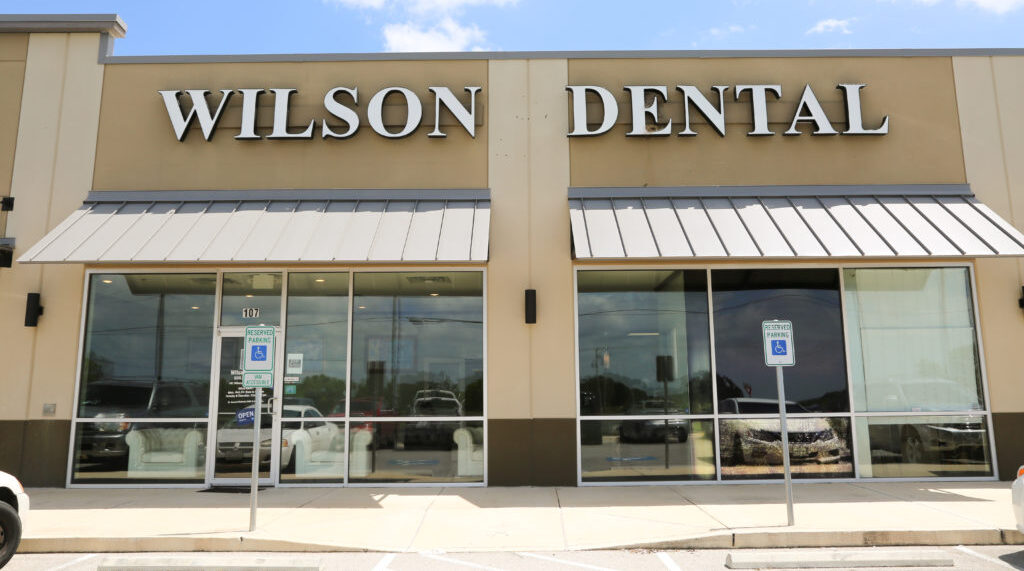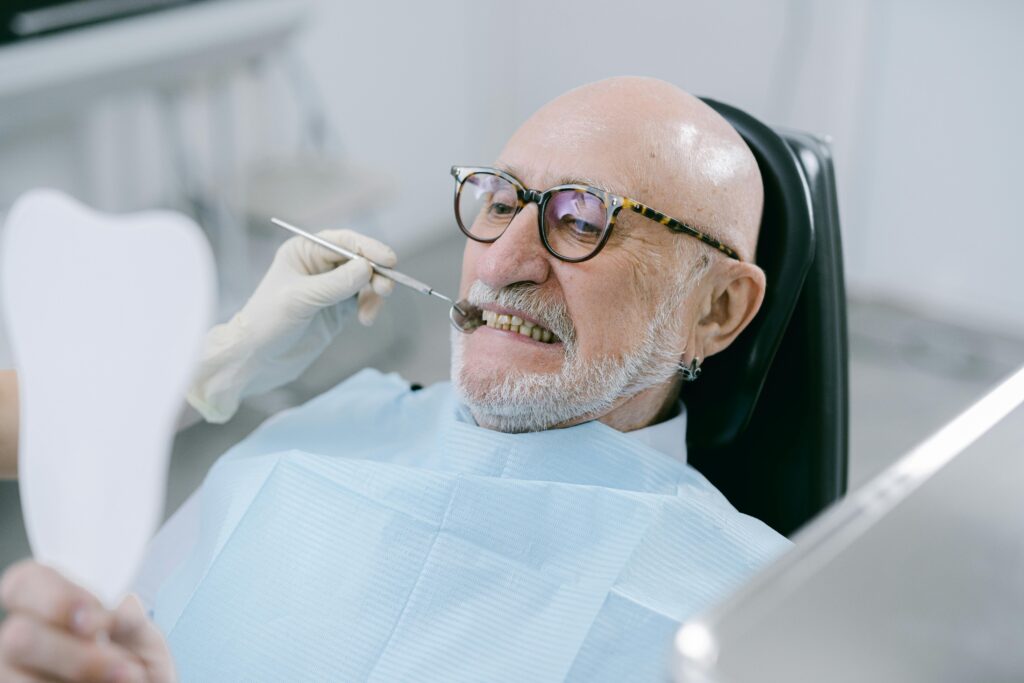A bright, white smile is often considered a sign of good health and confidence. Teeth whitening services have become increasingly popular as more people seek to enhance their smile’s appearance. But a common question many patients ask is: Can teeth whitening services remove all types of stains? The answer isn’t straightforward—it depends on the type of stains, the cause, and the whitening method used. This blog dives deep into understanding teeth stains and how effective whitening treatments are in tackling them.
Understanding the Different Types of Teeth Stains
Before exploring teeth whitening services, it’s important to understand that not all stains are the same. Teeth stains generally fall into two main categories: extrinsic stains and intrinsic stains.
1. Extrinsic Stains
Extrinsic stains affect the outer surface of your teeth — the enamel. These stains are usually caused by:
- Consuming dark-colored foods and beverages like coffee, tea, red wine, and cola.
- Smoking or chewing tobacco.
- Poor oral hygiene allowing plaque and tartar buildup.
Since extrinsic stains sit on the enamel surface, they are typically the easiest to remove through professional dental cleaning and whitening treatments.
2. Intrinsic Stains
Intrinsic stains are located inside the tooth, in the dentin layer beneath the enamel. These stains can result from:
- Trauma or injury to the tooth.
- Use of certain antibiotics such as tetracycline during childhood.
- Excessive fluoride intake (fluorosis).
- Aging, which naturally darkens the dentin over time.
Intrinsic stains are generally more difficult to treat with whitening alone, often requiring specialized dental procedures.
How Do Teeth Whitening Services Work?
Teeth whitening services mainly use bleaching agents to break down and lighten stains on the teeth. The most common active ingredients are hydrogen peroxide or carbamide peroxide. These agents penetrate the enamel and dentin to chemically break down stains, making teeth appear whiter.
There are several types of teeth whitening services:
- In-office professional whitening: Performed by dentists using high-concentration bleaching agents with the help of light or laser activation.
- At-home whitening kits: Provided by dentists with customized trays and lower concentration gels.
- Over-the-counter products: Such as whitening strips, gels, and toothpaste, which contain lower amounts of bleaching agents.
Professional whitening tends to be more effective and faster, especially for stubborn stains.
Can Teeth Whitening Remove All Types of Stains?
Effectiveness on Extrinsic Stains
Yes! Teeth whitening services are very effective at removing extrinsic stains. Because these stains are on the enamel surface, bleaching agents easily break down the discoloration caused by food, drinks, and smoking. Many patients experience a noticeable improvement after just one professional whitening session.
Maintaining good oral hygiene and avoiding stain-causing foods can help preserve the whiteness achieved.
Challenges with Intrinsic Stains
Teeth whitening services are less effective for intrinsic stains. Since these stains are embedded deeper within the tooth structure, bleaching agents may not reach or fully break down the discoloration.
- For tetracycline stains, whitening may lighten the teeth slightly but often won’t completely eliminate the discoloration.
- In cases of fluorosis or age-related darkening, whitening might improve the shade but won’t restore the original whiteness fully.
- For teeth darkened due to trauma, whitening may help, but sometimes restorative treatments like veneers or crowns are recommended for a better aesthetic result.
When Whitening Is Not Enough: Alternative Solutions
If teeth whitening can’t fully remove certain stains, dentists may recommend other cosmetic dentistry options:
1. Dental Veneers
Thin porcelain or composite resin shells are placed on the front surface of teeth to mask severe discoloration. Veneers provide a permanent and highly aesthetic solution for intrinsic stains.
2. Dental Bonding
A tooth-colored resin is applied and shaped to cover stains or discolorations. Bonding is less invasive and more affordable but may not last as long as veneers.
3. Crowns
For teeth with both intrinsic staining and structural damage, dental crowns fully cover the tooth and provide both strength and a uniform color.
Tips to Prevent Teeth Stains and Maintain Whitening Results
- Brush twice daily with a whitening toothpaste.
- Floss regularly to remove plaque buildup.
- Limit consumption of stain-causing foods and beverages.
- Quit smoking or using tobacco products.
- Visit your dentist for regular cleanings and checkups.
- Use a straw to minimize contact between beverages and your teeth.
- Consider touch-up whitening treatments as recommended by your dentist.
Conclusion
Can teeth whitening services remove all types of stains? The answer is: Not all stains can be completely removed with whitening alone. Extrinsic stains caused by foods, drinks, and smoking are generally well treated with professional whitening services. However, intrinsic stains, which are deeper and more complex, often require additional cosmetic dentistry treatments such as veneers or bonding for a complete smile makeover.
If you’re considering teeth whitening, it’s essential to consult with a trusted dentist who can evaluate your stains and recommend the most effective treatment plan tailored to your needs. Achieving a bright, confident smile is possible with the right combination of dental care and professional services.




